My first summer at Troy Gardens Cohousing
Our culture does not train us in the skills and knowledge needed to live cooperatively and sustainably. Kindness for a Change is a training that can fix that. It is the only training that integrates individual wellbeing, connected relationships, and healing our politics and planet. For those who like to put things in context, read this post covering the big picture of One Planet Thriving and how community fits. For another neighbor’s point of view on the same cohousing community, see Top 6 lessons learned living in a village: A psychologist’s view.
Since moving to Troy Gardens Cohousing Community last November (2012), many people have asked me what is cohousing and what does it actually look like. I’ve spent some time trying to process my own experience of living here and to communicate why cohousing is an important option.
Our society is organized in a way that encourages separation and competition between people. This escalation of individualism and competition has brought people into a solitary existence. The inevitable consequences can be seen in multiple areas, from poverty and political corruption to mental illness. When a society rewards competition more than cooperation there is going to be inevitable destruction to ourselves and our environment. This destruction is observable all around us, there is no doubt that our Planet is suffering at the hands of human greed. The oceans are full of garbage, a sign of our careless consumption. Other signs include global warming, depletion of the Earth’s resources and wildlife.
Our ever-increasing need for more and our addiction to convenience leads to more waste and churns the cycle of destruction. Corporations and governments operate in and propel this system of competition and consumer greed; the divide between rich and poor is expanding, profits are gained at the expense of the Earth and human beings, economies are failing, and a generation of processed-food eaters are sick. Humanity is suffering and in need of a solution. In fact, we need many solutions, a whole sea of solutions. One of those solutions may be each other — we need people. We need to have connections with the people around us and the Earth on which we depend.
Intentional communities are one way to address these issues. Sharing resources, working together, growing food and learning to cooperate are things that not only help the Earth but our own mental well-being. Understanding our need for others, and learning to cooperate and build community will help mend the competitive culture resulting in a society that upholds stewardship and respect for each other and the Earth.
Intentional communities come in all different shapes and sizes, just like the people that inhabit them. Three main types are eco-villages (like Tamera and Hummingbird), communes and co-housing. Some suggest that co-housing is an optimal solution to our current individualistic society because it provides an easier transition to sharing spaces by balancing privacy and connection. Here at Troy Gardens Cohousing Community (TGCC) we have 30 homes on 5 acres of land. Our property connects to a larger chunk of land (25 acres total) that is run by Community Ground Works which stewards a community garden, restored prairie and Troy Gardens farm (organic, community supported agriculture farm).
At TGCC we have private ownership of our homes while we lease the land from Madison Area Community Land Trust and share responsibilities to take care of our land and community life. Our Vision statement is, “Troy Gardens is a welcoming co-housing community where we cultivate sustainability and meaningful connections with one another and the land through celebration, cooperation, and open communication.”
The other unique thing about TGCC is that it is mixed income, meaning that 2/3rds of us who live here are below 80% on the HUD income levels. These low-income houses can only be purchased by qualified low-income households and must be re-sold as low-income.

My own experiences have led me to become a strong believer in community living. I have lived in shared spaces and individual spaces here and abroad. 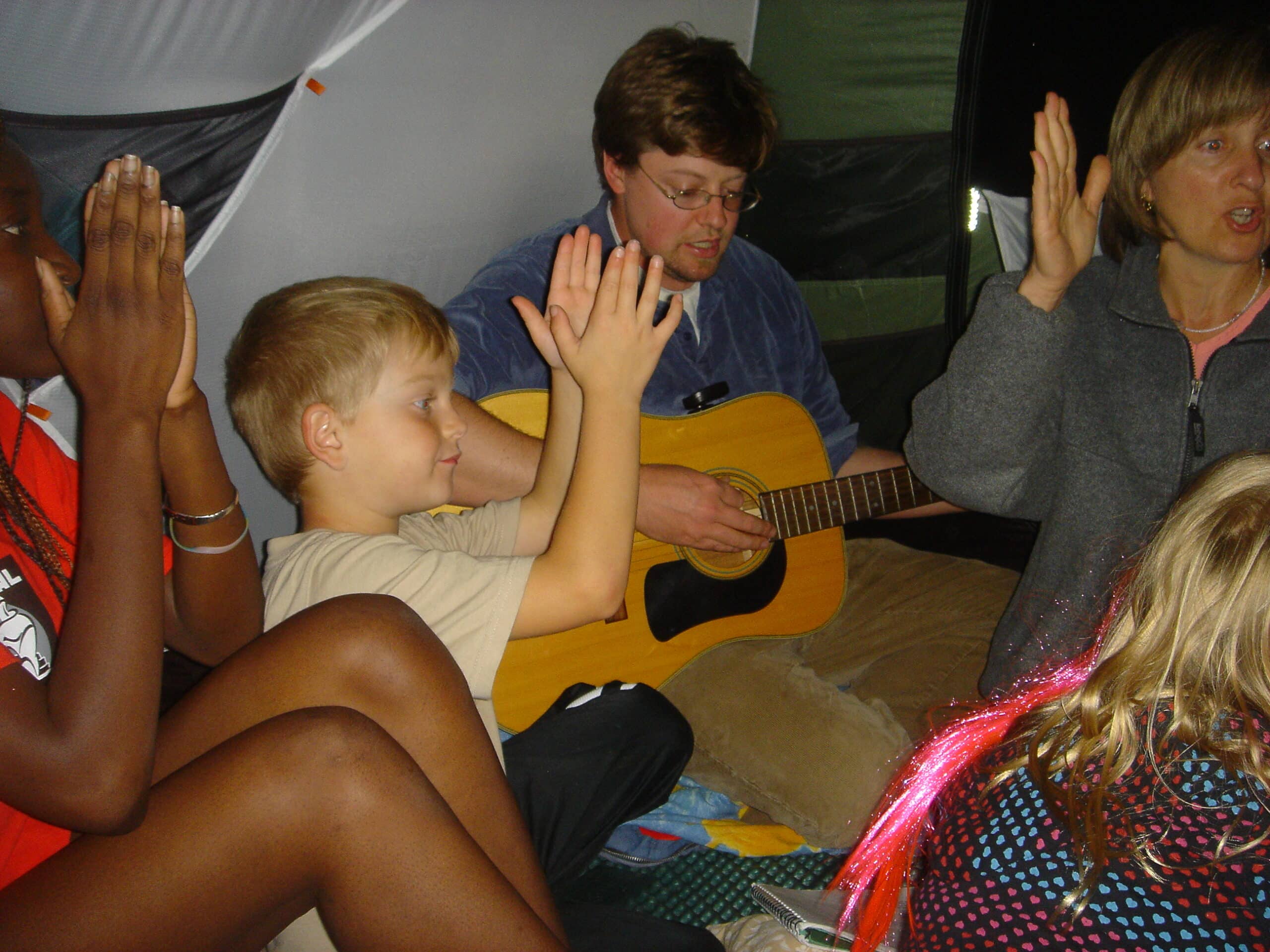
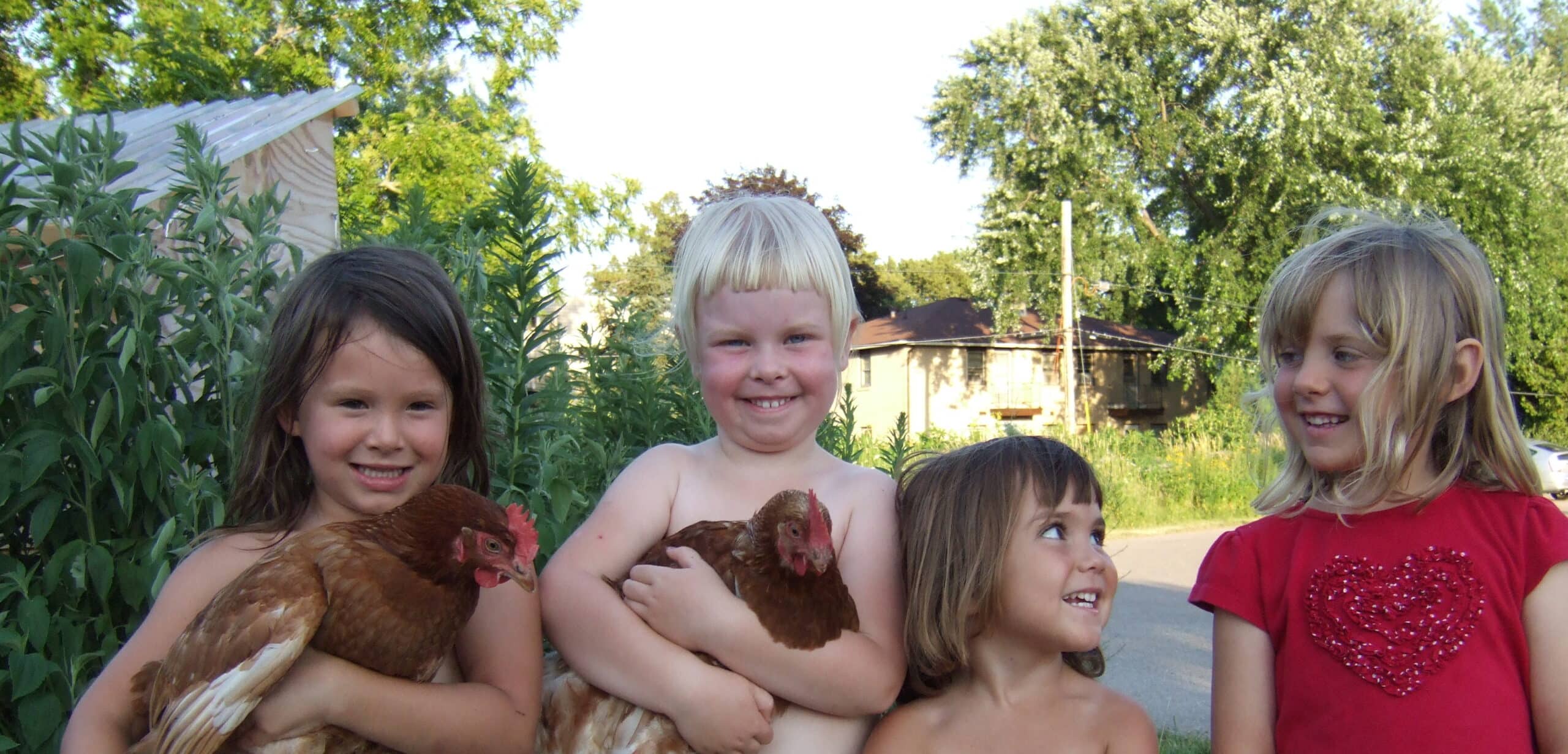
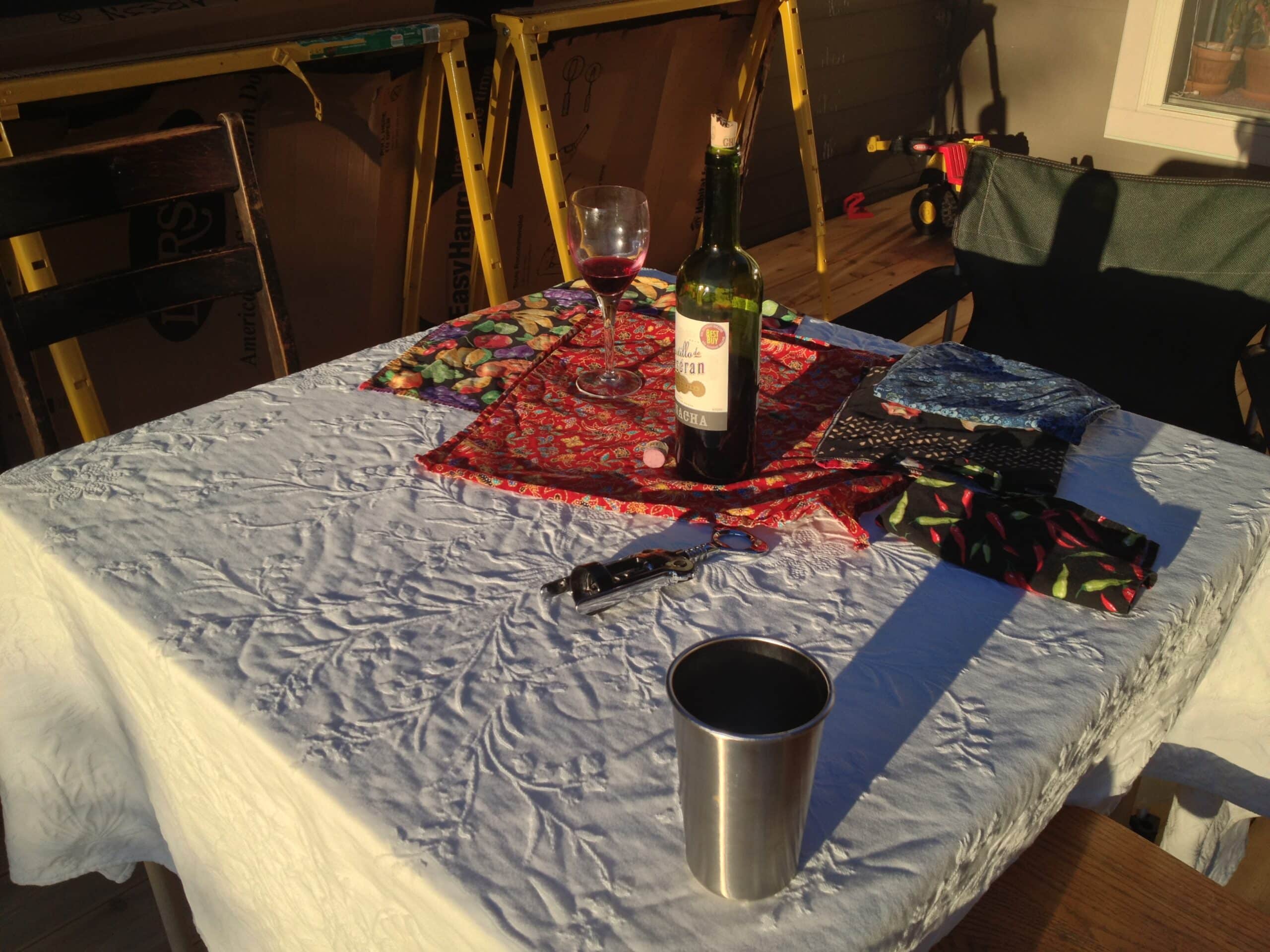
In the afternoon, the kids meet up outside to play and jump around between houses. I walk around the community following my toddler as he plays with the community toys in our shared spaces. I chat with friends as we pass and my son helps himself to some of the neighbor’s cherry tomatoes.
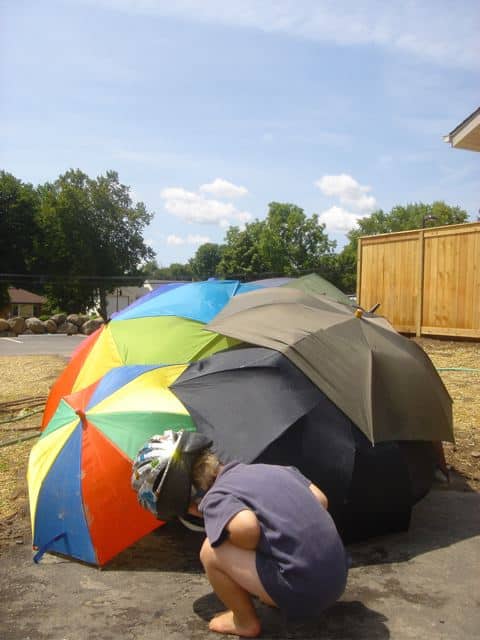

Of course, not all days are this dreamy. Like every other family we have bad days, and those inevitable ups and downs. Also, not everyone at TGCC has a similar experience to mine. Everyone chooses to be involved in different ways and at different times. As a stay-at-home mom, I am home a lot and have time to interact with the other moms (and dads) who are home with their kids. There are many opportunities to be involved in the community, connect with people and contribute. Almost every day there is a group email from someone in the community offering something to give or seeking something they need. It is a constant give and take of food, material objects, ideas, skills and child rearing.
Living in community inevitably brings up issues of conflict and working out differences of opinions and ideas. When issues arise, instead of ignoring our neighbors and driving our cars directly into our garages to avoid any contact with those who live on the other side of the fence, we engage in open communication to work out the issue and find a solution.

– Brianna Z. Kauer from Create Behavior Solutions
Save
Save
Save
Save
Save
Save
Save

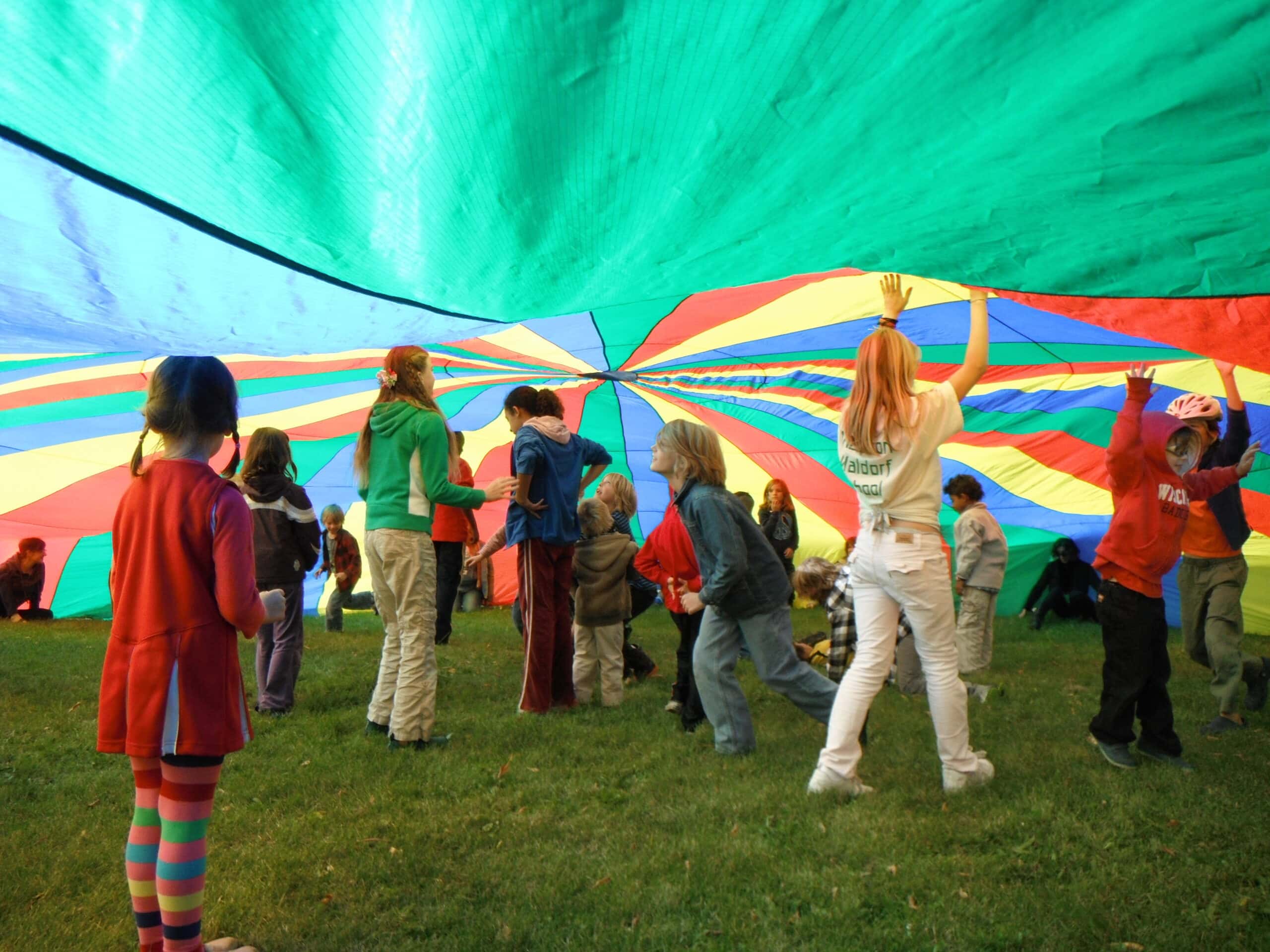
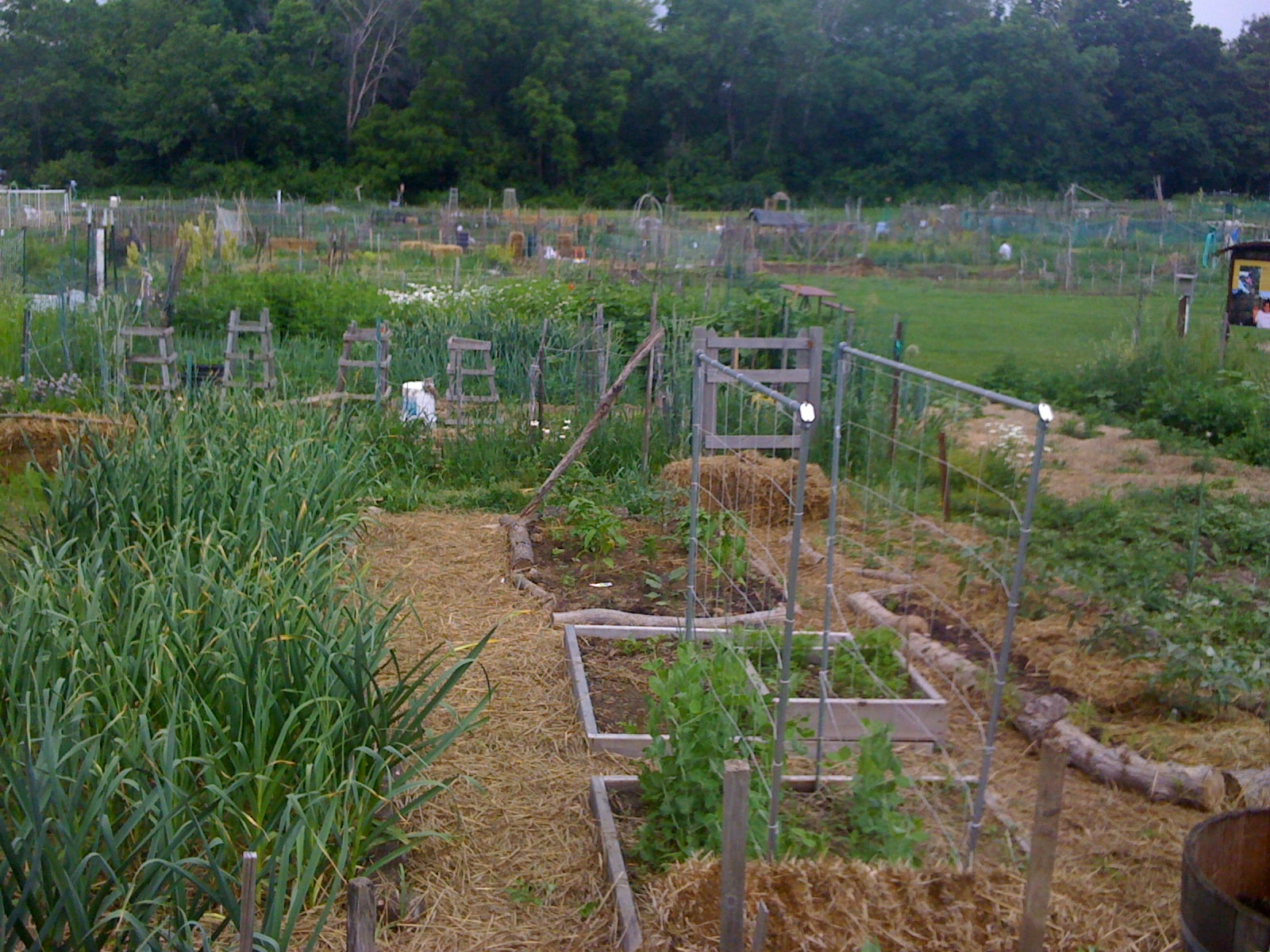
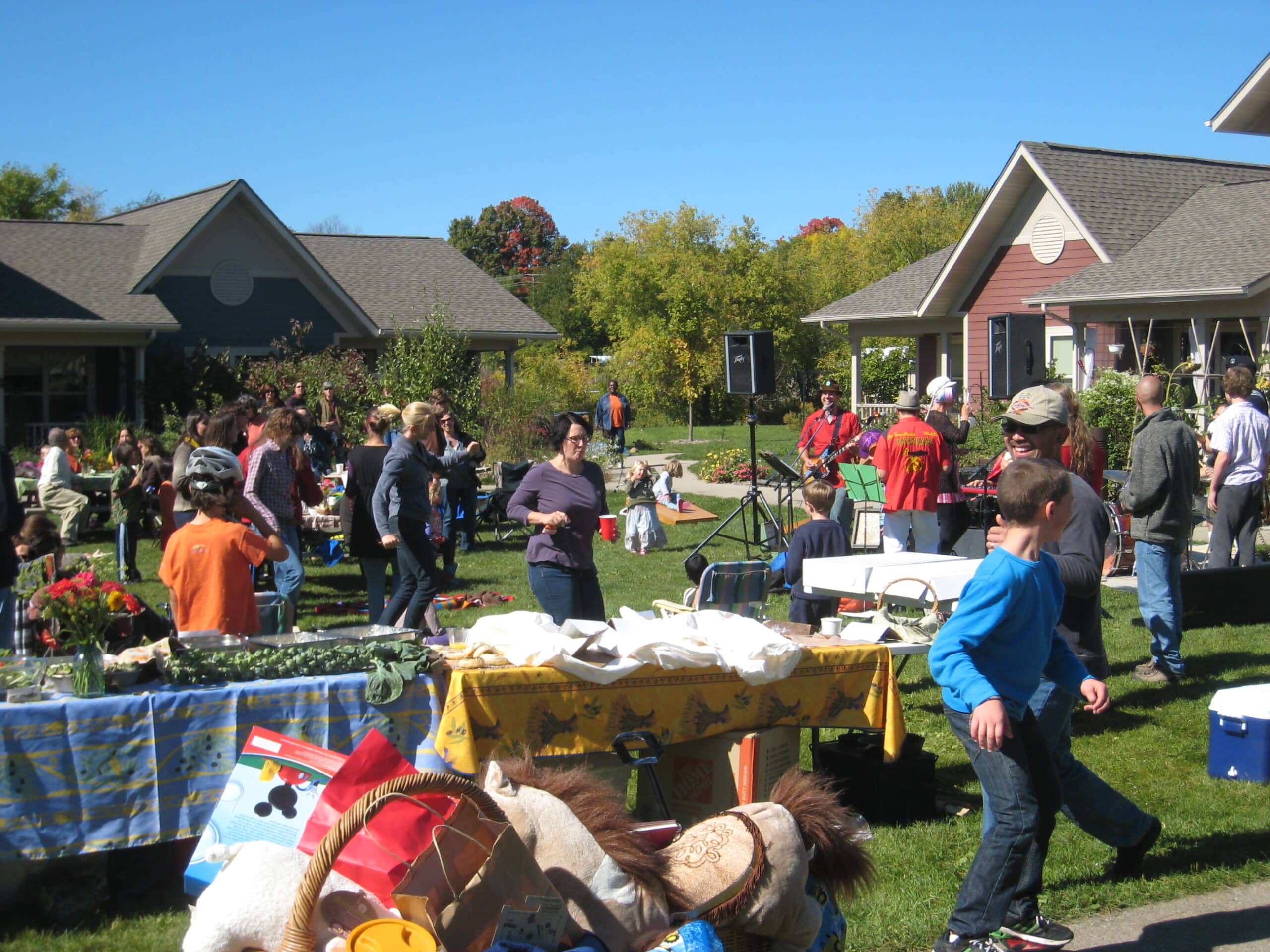
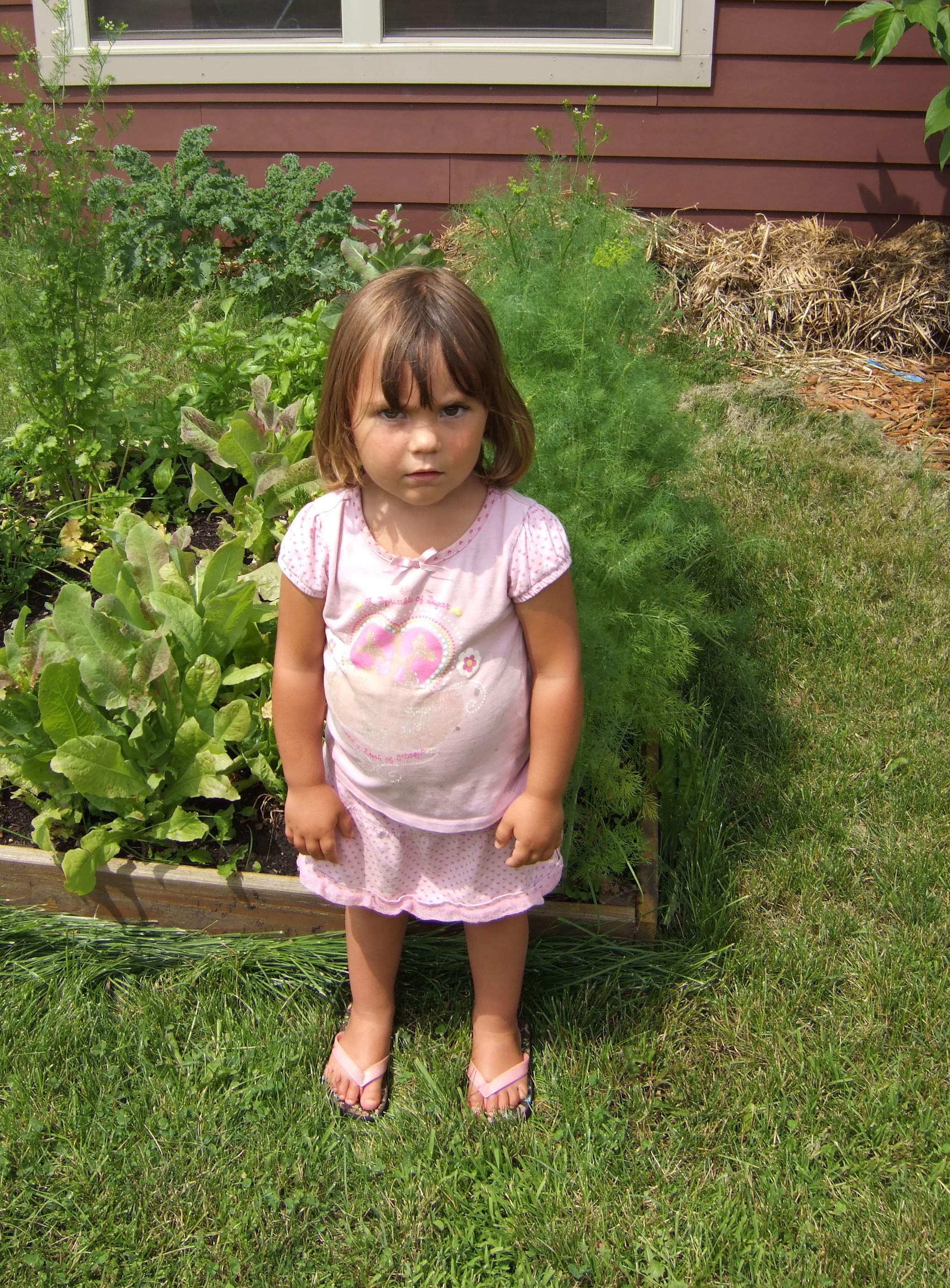
Matt & Bri!
What a wonderful insight into your world! I’m quite envious but also inspired and encouraged at the same time. We were made to relate, build community and show kindness in words and actions to each other.
God bless you all and hope to see you all again one day!
XXxxx
Pingback: Consensus: Balancing Action and Discernment | One Planet Thriving
Pingback: Top 5 lessons learned living in a village: A psychologist’s view | One Planet Thriving
Pingback: Social Architecture | One Planet Thriving
We are Educational Publisher in France, we would like to reproduce an extract of the article “Refelctions on my first summer at Troy Gardens Cohousing” by Brianna Z. Kauer and two pictures in our textbook to learn English “New passwod 2de”. could you contact me for the copyright, please? It is urgent.
Maria, you can contact me at zbri@hotmail.com.
Brianna
Pingback: A Guide to CohousingSouthern Realty Inc. | Southern Realty Inc.
Pingback: Solutions for a Functional Future | One Planet Thriving
Hi,
We are from Happy City (Vancouver, Canada) and currently hold a grant with BC Housing and are developing a project that focuses on boosting sociability in multifamily housing. We would like to use an image from this blog post for the report that we are creating, since it captures a valuable principle that promotes sociability. We would write under the image the source and give full credit to the author. We would very much appreciate your help.
Thank you.
Best,
Halina
Wonderful! So glad to hear from others doing good work. What image are you wanting to use? Some I can give permission for; others, I have to ask someone else.
Pingback: Top Tips for Homeowners Embracing an Eco-Friendly Lifestyle | One Planet Thriving